Clash Royale has been out for less than a year, but it’s already made some significant waves in the freemium market. Its quirky hybrid of different genres resonated with gamers to such an extent that it was only a matter of time before someone came along to challenge it.
We also recently got the announcement of SMITE Rivals, which comes at a time when SMITE has never been so popular. Fresh from the success of the Hi-Rez Expo, the MOBA’s creators are hoping to steal some of the success (and players) away from Supercell’s mobile darling.
But if they want to lure players away from Clash Royale they’re going to need to not only match their competitor, but offer something new too.
With that in mind, we’ve picked out three key areas that could make SMITE Rivals a success.
Platform Distribution
While Clash Royale is available on both Android or iOS, SMITE Rivals plans to take this one step further and open itself up to the PC market. It’s a bold statement of intent from Hi-Rez who are doubtlessly looking to hook potential new players through their desktop offering, before porting them over to their mobile version to continue playing on the go.
The fact that the same ecosystem is being used for all versions of SMITE Rivals means that true cross-play is on the table, which opens up a raft of possibilities for players. Since they are no longer restricted to only battling with friends on the same operating system, the flexibility of cross-play brings potentially exciting new matches with their Android, iOS and desktop-owning buddies.
Microtransactions
Clash Royale is one of the more generous freemium games in terms of shaking down players for cash. When you win a battle, you are rewarded with time-restricted chests to open. You can either wait for the timer to tick down, or pay to open them more quickly to nab the loot. Either way, the microtransaction model doesn’t limit you from actually playing the game.
If SMITE Rivals is to succeed, it’s got to ensure that its gamers don’t have a reason to stop playing. As soon as you put down barriers to entry, you’ll lose custom. And whilst Hi-Rez haven’t revealed how they plan to monetize the game, there’s every chance they will follow a similar path to their previous titles and allow you to pay a one-off fee to unlock all current and future character content.
SMITE’s God Pack retailed at $29.99 and presented a reasonable choice to hardcore players who were likely to invest a lot of their time into the game — a similar option for this new title could prove a popular alternative to the drip-feed of Clash Royale’s microtransactions.
Depth Of Gameplay
You don’t need to be eagle-eyed to see that there are similarities between the two games, not least in the visual department. When you add in the identical eight card deck and the tower defense mechanics, one has to wonder what SMITE Rivals is going to do to distinguish itself.
The first and most obvious change is the number of lanes — three in comparison to Clash Royale’s two. The battlefields are therefore a lot more frenetic and crowded at times. Micromanagement is going to be key to your success, and the extra lane means that the depth of strategy is also increased.
This can only be a positive since it may help escape one of the pitfalls of Clash Royale — playing opponents who could simply outmatch you by spamming both lanes. A third route into enemy territory may negate that, leaving room for a more balanced back-and-forth between players, and a more fluid gaming experience overall.
Furthermore, the introduction of God cards in SMITE Rivals offers the possibility of turning a battle on its head. A compulsory addition of one of these cards to your deck means that during each game you have the ability to unleash a unit against your enemy anywhere upon the battlefield. Each God is not only powerful in their own right, but they also have skills limited by a cooldown which you can activate for further advantage. Being able to decrease the cost of your cards or make your units briefly invincible brings a host of new tactics to every battle.
Given the initial similarity between the two games, you’d be forgiven for thinking that SMITE Rivals is just another clone of a successful mobile strategy title. Then again, people said the same thing about Hearthstone when it launched against the stalwart Magic: The Gathering — and Blizzard aren’t complaining about its performance.
The extra layers of strategy could ultimately be what pulls players away from Clash Royale… as long as Hi-Rez get the balance right.
Are you excited about the release of SMITE Rivals? Or do you think it will struggle to distinguish itself from Clash Royale? Let us know in the comments!

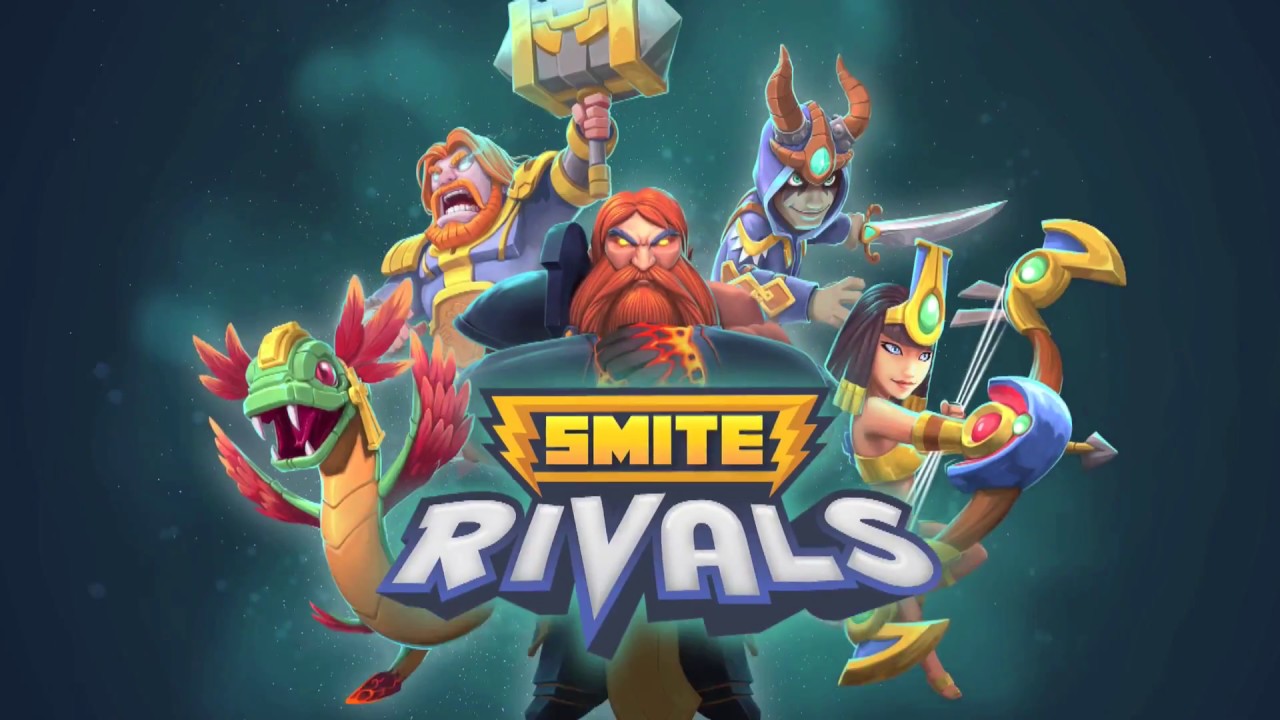
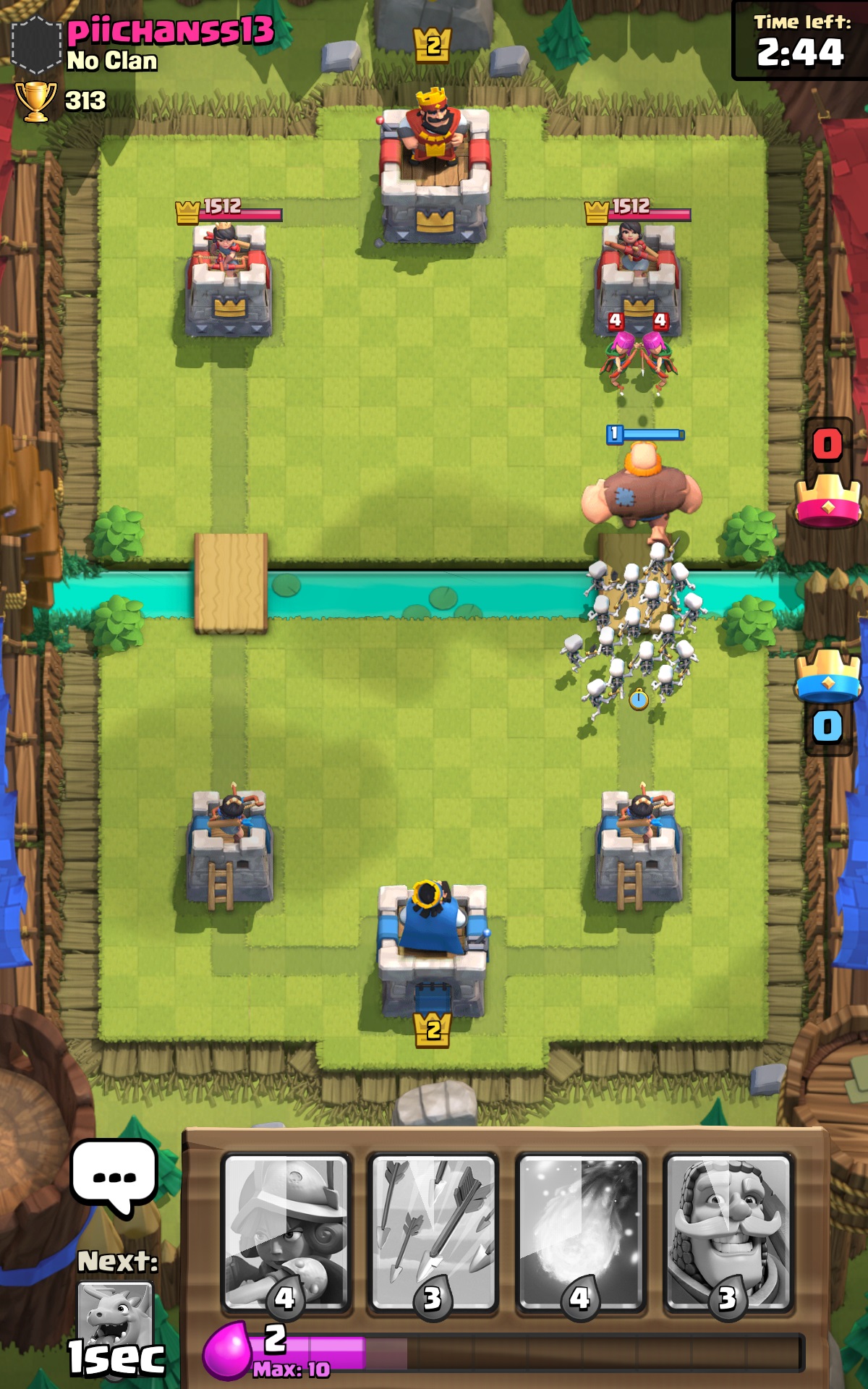

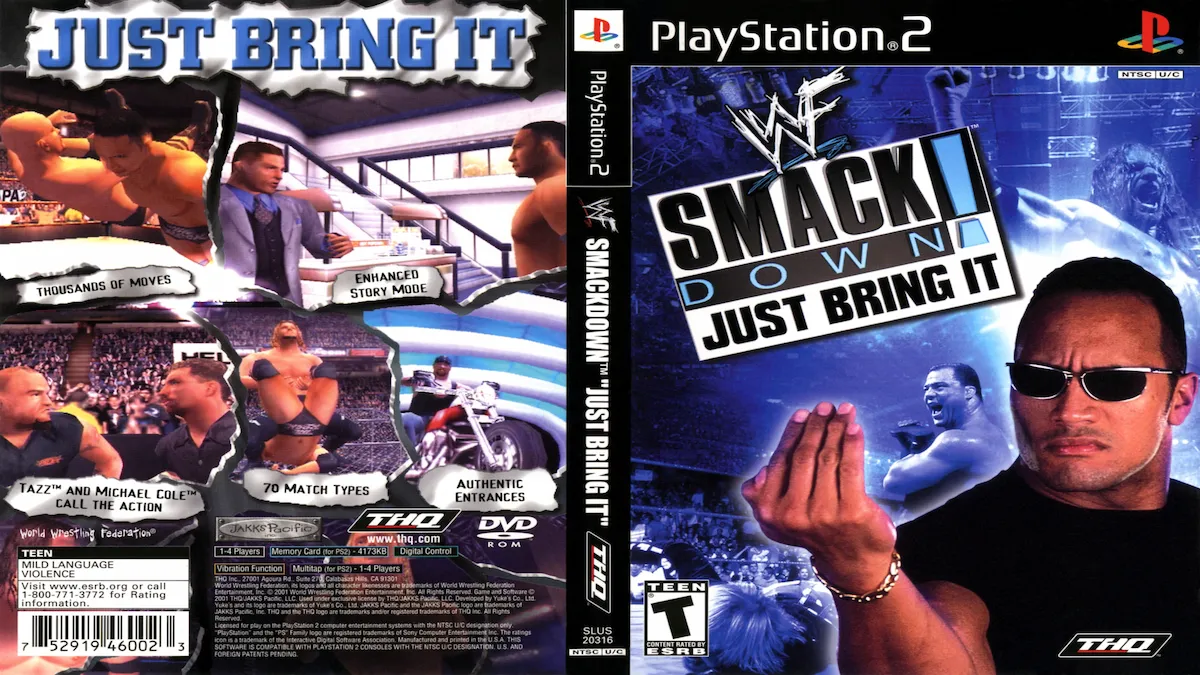
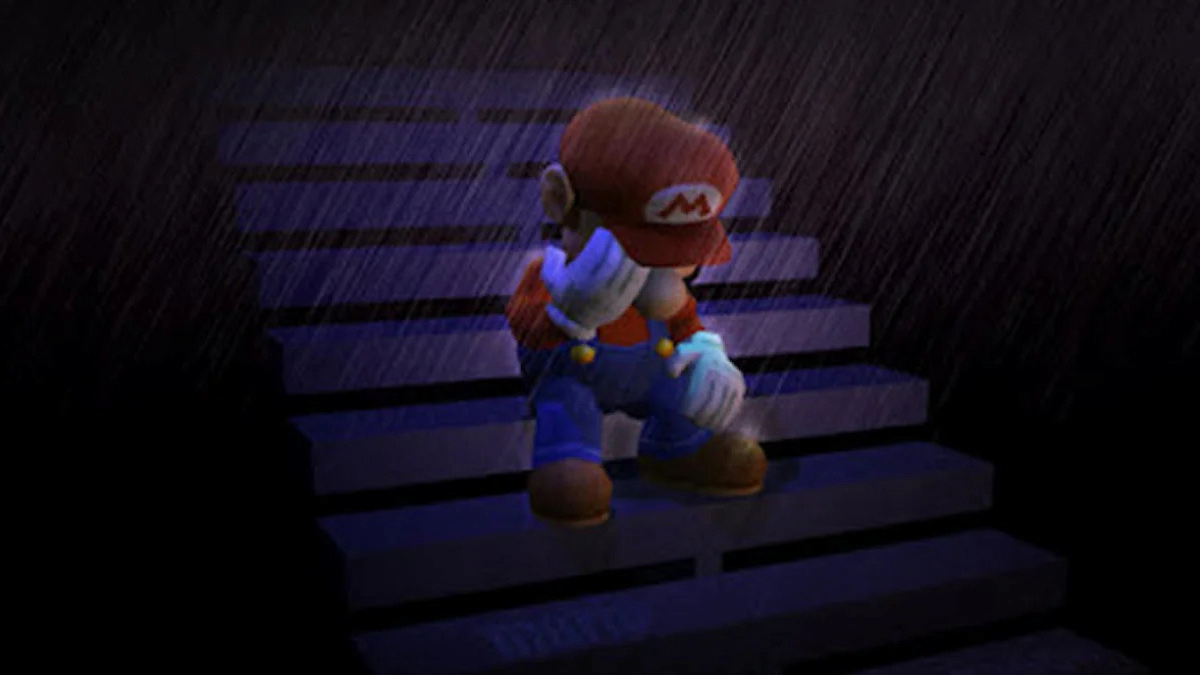
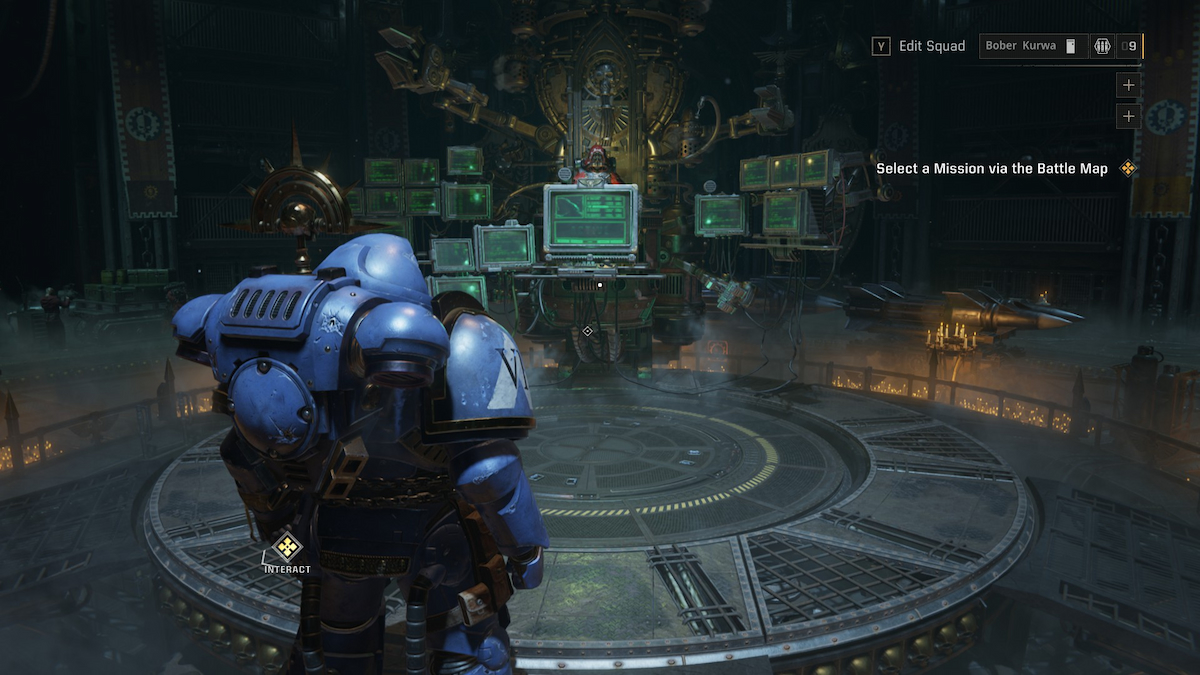
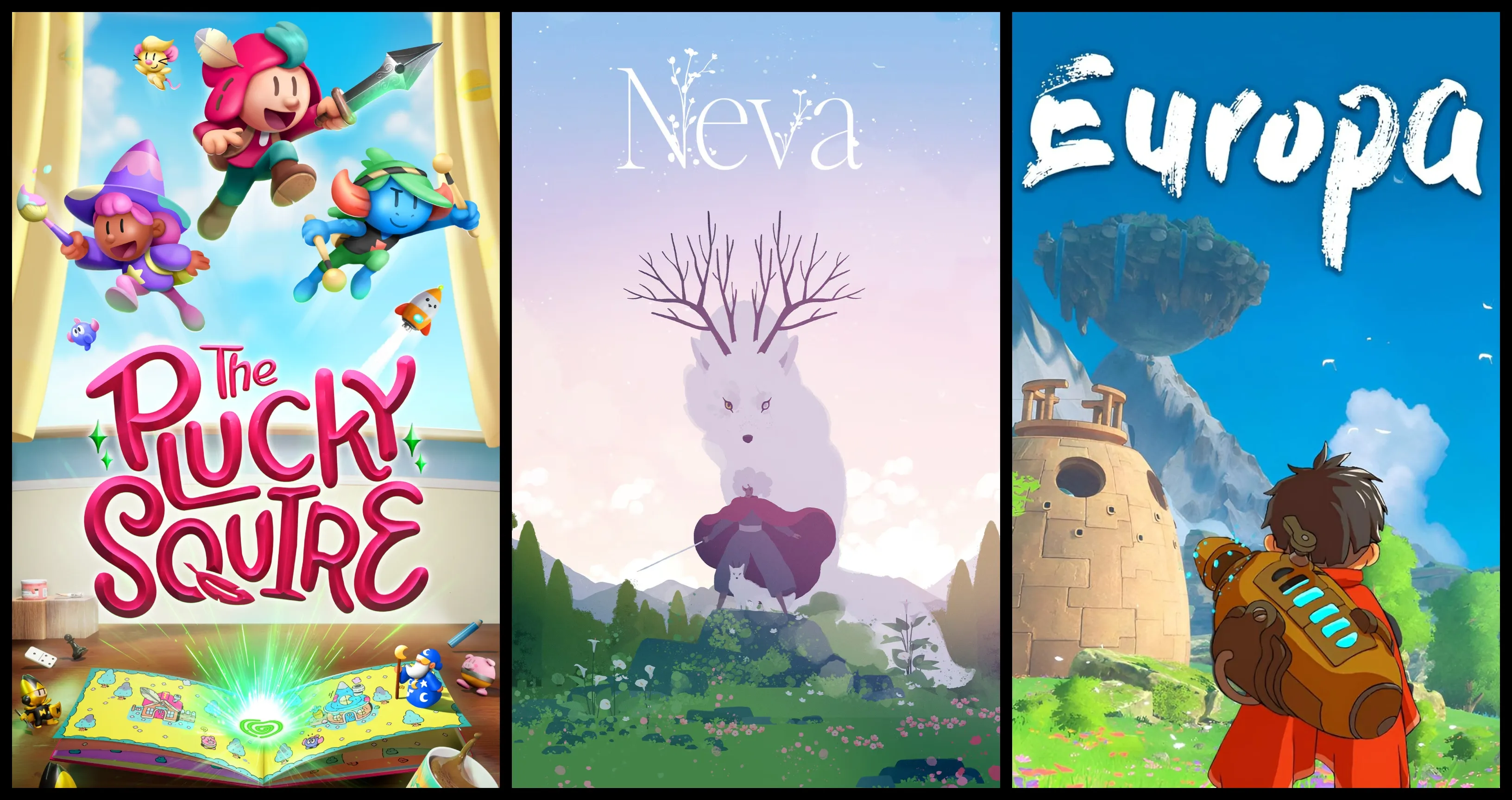
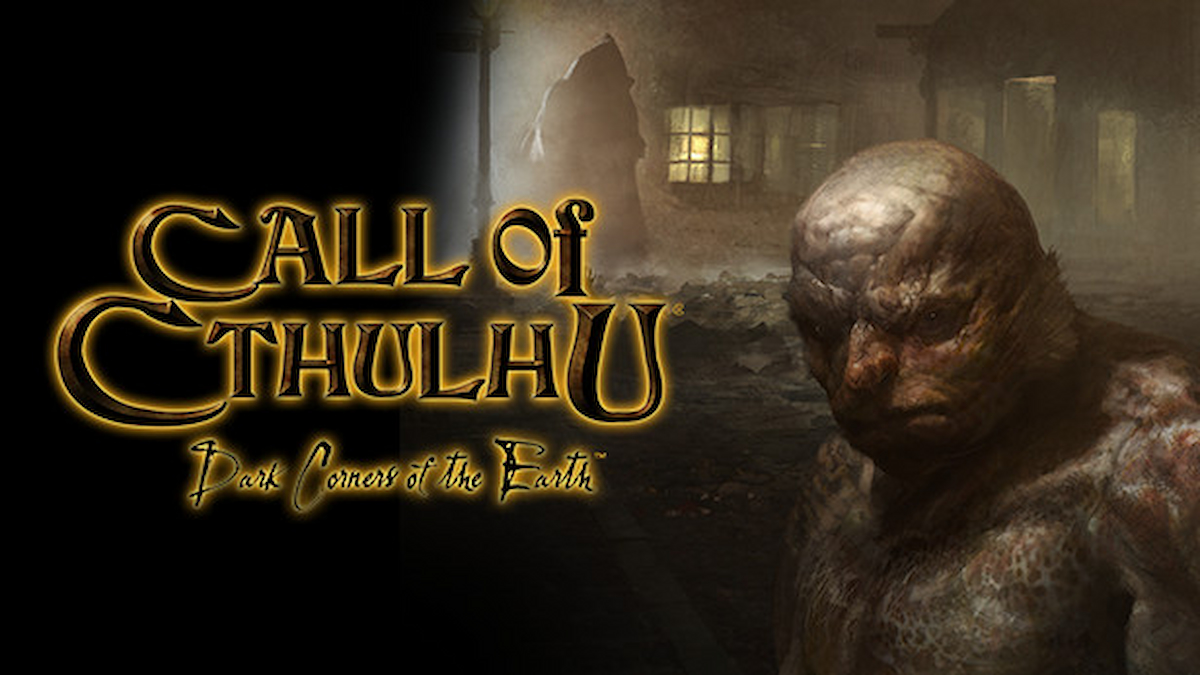
Published: Jan 17, 2017 01:56 pm